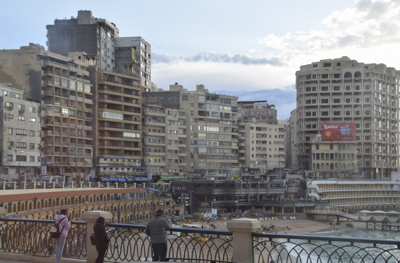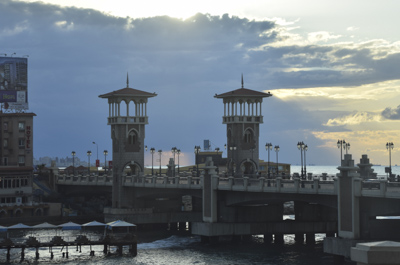Sunday – February 17, 2019
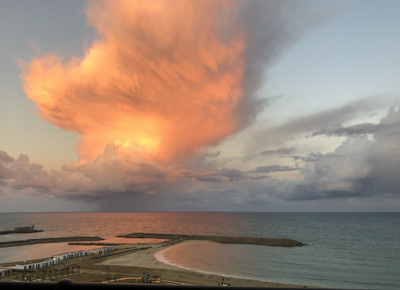
I looked out from the balcony of the Four Seasons Hotel this morning to see a spectacular cloud formation over the Mediterranean Sea. It had rained at night and the temperature was a cool 48 degrees.
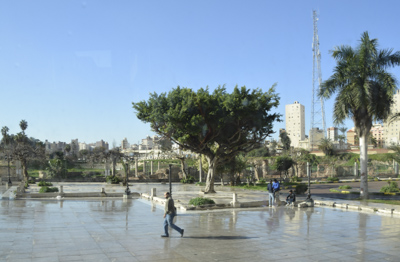
We were in the ancient seaport of Alexandria to explore several historic sites. The city was founded in 332BC by Alexander the Great and remained the capital of Egypt for almost 1,000 years.

Our first stop was the Catacombs of Kom El Shoqafa. Unfortunately no photography was allowed inside. The tombs were dug into solid bedrock and had been used as burial chambers from the 2nd to the 4th centuries. The decorations of the tombs were a blend of Egyptian, Greek, and Roman styles.
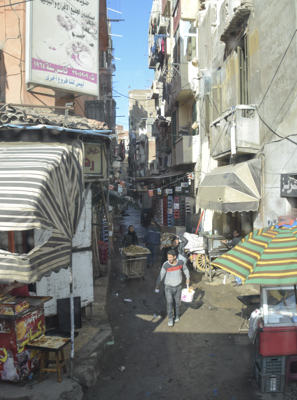
Driving through Alexandria was a slow process due to very heavy traffic but it gave me a chance to see the city and take photos from our tour bus.
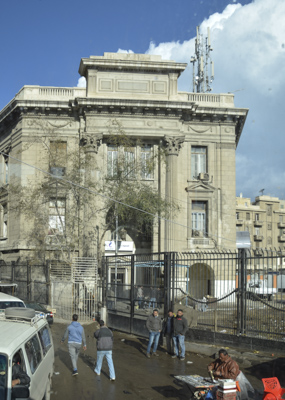
We drove to Pompey’s Pillar to see the ancient monolith which is the only free-standing column in ancient Roman Egypt. It’s located in a small park in a residential neighborhood surrounded by apartment buildings.
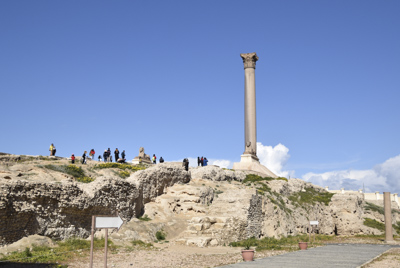


The pillar was built in 297AD out of a single piece of red Aswan granite. It measures 67 feet tall with a diameter of almost 9 feet at the base.
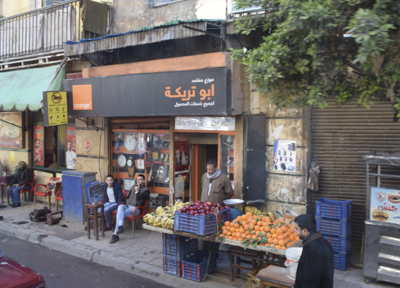
Our next stop was the Roman Amphitheater of Alexandria which was built in the 4th century AD during the Roman period of Egyptian history.
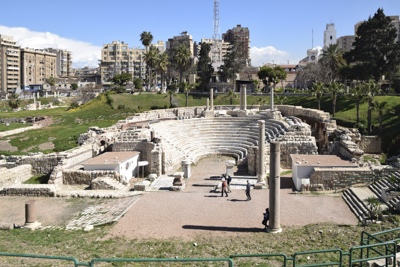
Constructed during the 2nd century AD, the amphitheater was a roofed theater which housed musical events and a variety of competitions. It seated about 600 spectators and was recently discovered in 1960 when workers began to clear the land to build a government building.
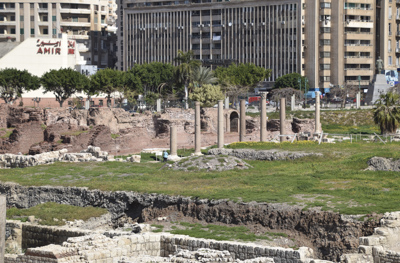
Afterwards, our group visited the Alexandria National Museum. Again there was no photography so I just took a picture of the outside of the building. The lovely Italian-style mansion was built in 1926 by a wealthy Egyptian businessman. From 1960 to the 1990s, the villa was used as the United States consulate.

Today the city of Alexandria reflects the political turmoil and poor economic conditions of Egypt over the last few decades. The city looks tired and run-down with poor infrastructure. Viewing the architecture and condition of the buildings, the city appears to have had a rich vibrant past but due to years of neglect and recent migration, it needs a huge infusion of attention and restoration. More photos:

The Mediterranean Sea is beautiful but the “corniche” along the waterfront was well worn.
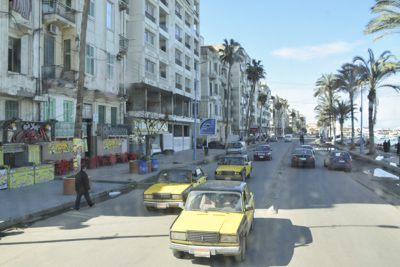


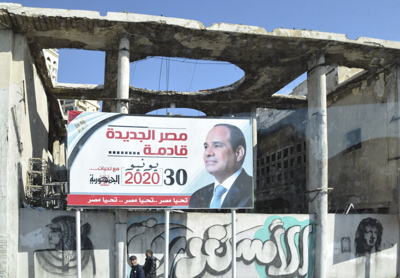
One of the main reasons I had wanted to visit Alexandria was to see the Bibliotheca Alexandrina. This is a new library which was built to commemorate The Great Library of Alexandria. The ancient library was the largest and most significant library of the ancient world. Built by Ptolemy II from 285-246BC, it was the “capital of knowledge and learning” at that time.
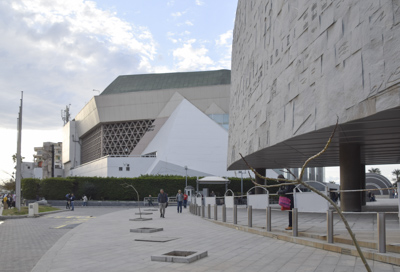
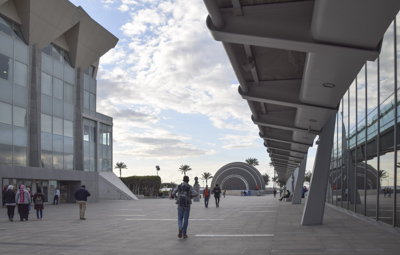
The current library complex was constructed in 2002 and functions as a modern library as well as a scientific and cultural center. The new library has shelf space for eight million books.

The main reading room contains 220,000 square feet of space on eleven cascading levels. There are also four museums, art galleries, a planetarium, specialized libraries, and a manuscript restoration laboratory.
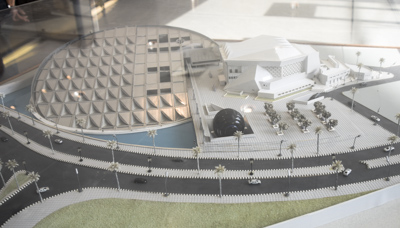
The model in the photo above shows the building’s exceptional architecture. The glass-panelled roof of the main reading room tilts out toward the sea like a sundial and captures natural light while diverting heat from the intense Egyptian sun.
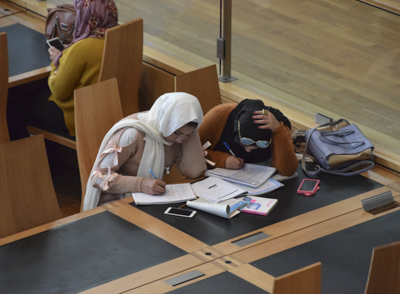
We explored the public spaces in the library and enjoyed the exhibits and displays:
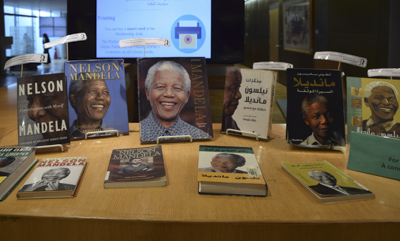


At the end of the day, our bus drove along the corniche back to the hotel. The sun was setting on the Mediterranean Sea. It had been a very interesting day in Alexandria, Egypt.
